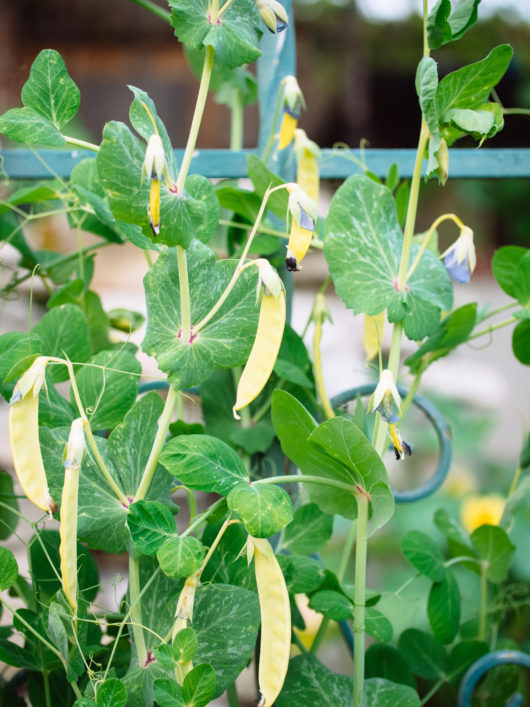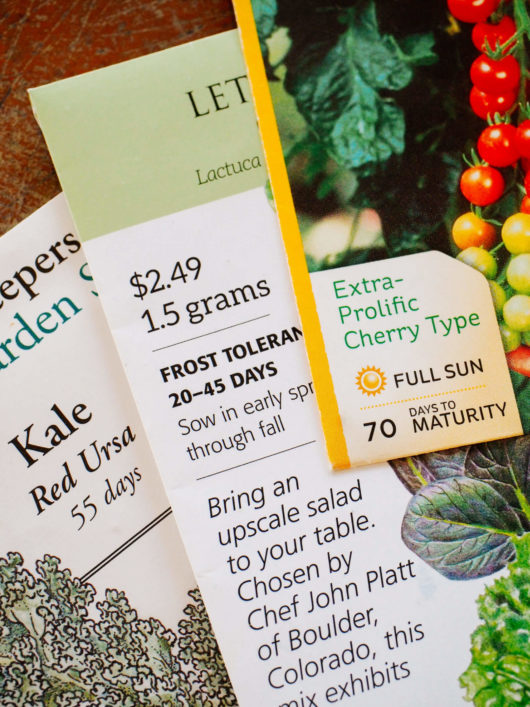I remember the first time I bought seeds for my garden. They were tomatoes, and the packet read “75 days to maturity.”
Great! I thought. If I start them in March, I’ll be picking tomatoes by May.
So imagine my confusion when the first tomatoes weren’t ready for harvest until the end of June — and this was in a Southern California garden that received ample warmth and sunshine.
It had me looking more closely at other dates of maturity on my seed packets: 80 days for melons, 65 days for cucumbers, 90 days for sweet peppers, 100 days for winter squash. Sometimes the numbers were off by several weeks, and sometimes they were right on point (give or take a few days).
Why the discrepancies? And why did it seem like most major seed suppliers printed the “wrong” figures on their packets?
There is no simple answer to the mystery that is “days to maturity” or “days to harvest,” common terms that are used interchangeably in the gardening world.
If you’ve been puzzled by this very thing, here’s what you need to know about those numbers.

First, what does maturity mean?
Plant maturity is a term used with annual flowers and vegetables to indicate when the plants flower or set fruit. When it comes to vegetables, however, maturity is not so well defined.
It is generally accepted that maturity is the point in which you can start picking vegetables, whether they’re ripened fruits (such as tomatoes and eggplants), flower buds (such as broccoli and artichokes),...
CHECK OUT MY BOOKS
NOW AVAILABLE FOR PREORDER! The Backyard Fire Cookbook will help you get outside and master live-fire cooking with over 70 modern and approachable recipes for ember roasting, charcoal grilling, plank grilling, and cast-iron cooking.The New Camp Cookbook offers over 100 modern recipes for campers, road trippers, and adventurers, plus practical tips for building a cooking fire, setting up a camp kitchen, and stocking an outdoor pantry. As seen in Time, Outside, and Food & Wine!
from Garden Betty http://bit.ly/2FW0cxN



No comments:
Post a Comment